Global Entry Application Consent and Continue Does Nothing
Editor's note: This is a recurring post, regularly updated with new information.
Frequent travelers have likely come to depend on Global Entry as a way to return to the U.S. without facing potentially long lines. Global Entry allows you to clear U.S. Customs and Border Protection in a matter of minutes — sometimes before even physically re-entering the U.S., if you're departing from some pre-clearance locations, such as Canada.
While the process of becoming a Global Entry member may seem cumbersome, it continues to be worth it. Although the program launched more than a decade ago, it's always evolving and changing. This was especially true throughout the last couple of pandemic-era years.
Here's what to know if you plan to apply for or renew your Global Entry, including how you can get the application fee reimbursed, what to expect during the Global entry interview, how to use it and potential Global Entry renewal delays.
For more travel news and advice sign up for TPG's free daily newsletter.
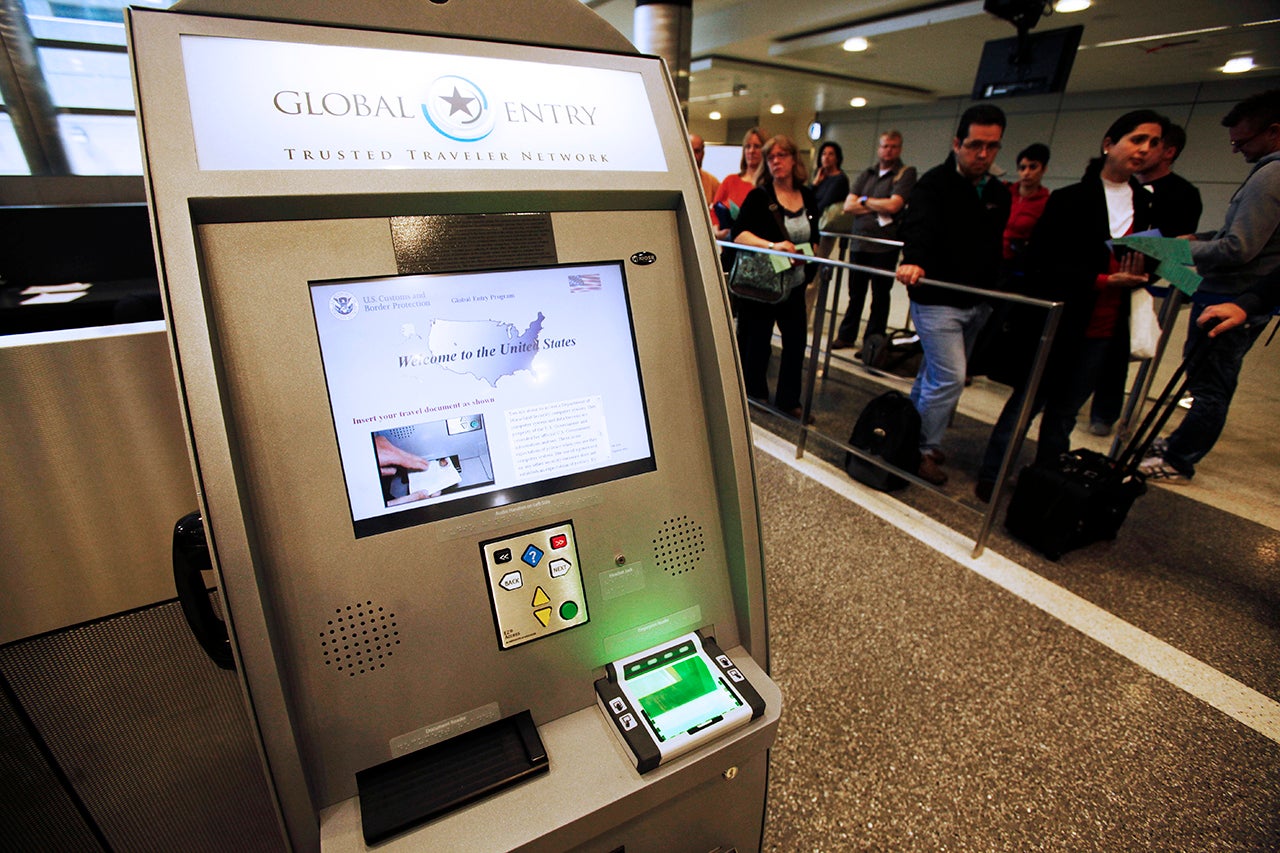
First things first, if you aren't yet familiar with Global Entry or what it can do for you, here's a link to some answers to frequently asked Global Entry-related questions. Once you've decided that Global Entry is likely right for you, read on.
You can use credit cards to get a Global Entry Fee Credit
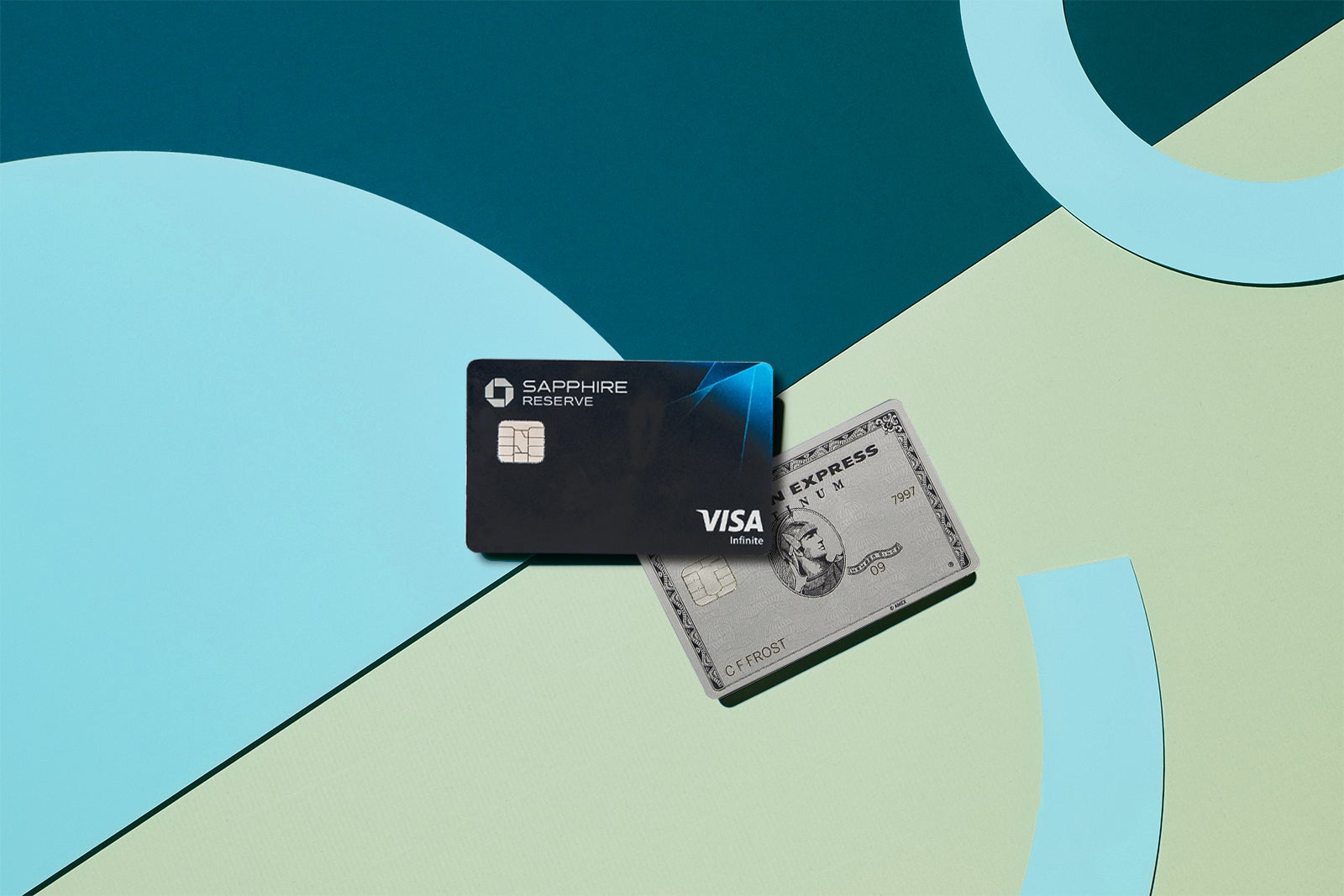
All Global Entry applications must be submitted online through the CBP website, along with a $100 nonrefundable application fee. After you've received conditional approval, you'll need to schedule and complete an interview. For five years in the program, that's a small price to pay — but you may not have to pay it at all.
Many credit cards — even some with annual fees of less than $100 — will reimburse you for the Global Entry application fee. Typically, this credit is available once every four years, and you can use it for friends and family members, in the event you have access to more credits than you need.
Here are our top picks for low-fee cards to use that offer a Global Entry application credit:
Sign up for our daily newsletter
- Capital One Venture Rewards Credit Card ($95 annual fee)
- United℠ Explorer Card ($95 annual fee, waived the first year)
- Bank of America® Premium Rewards® credit card ($95 annual fee)
Here are some of the best premium cards that offer this benefit:
- Chase Sapphire Reserve ($550 annual fee)
- Citi® / AAdvantage® Executive World Elite Mastercard® ($450 annual fee)
- The Platinum Card® from American Express ($695 annual fee, see rates and fees)
- The Business Platinum Card® from American Express ($695 — if application was received on or after 1/13/2022 — annual fee, see rates and fees)
As mentioned, most of the credit cards that offer an application-fee waiver allow you to buy Global Entry for someone else. So, if you have an unused credit on your Amex Platinum, you can charge another person's Global Entry fee to your card and the purchase will be reimbursed.
Related: Top credit cards for Global Entry and TSA PreCheck
Getting a Global Entry interview appointment
Once you have used your credit card's statement credit, applied for and become conditionally approved, you can set up your Global Entry interview appointment. However, after all that momentum, you may quickly run into a wall.
Unfortunately, it's common for some popular Global Entry interview locations to have absolutely no available appointments at any given time. For example, a quick check showed no available appointments in Dallas, Chicago or Newark, New Jersey. In other popular locations, such as Los Angeles and Atlanta, the first-available appointments are for about nine months from now.
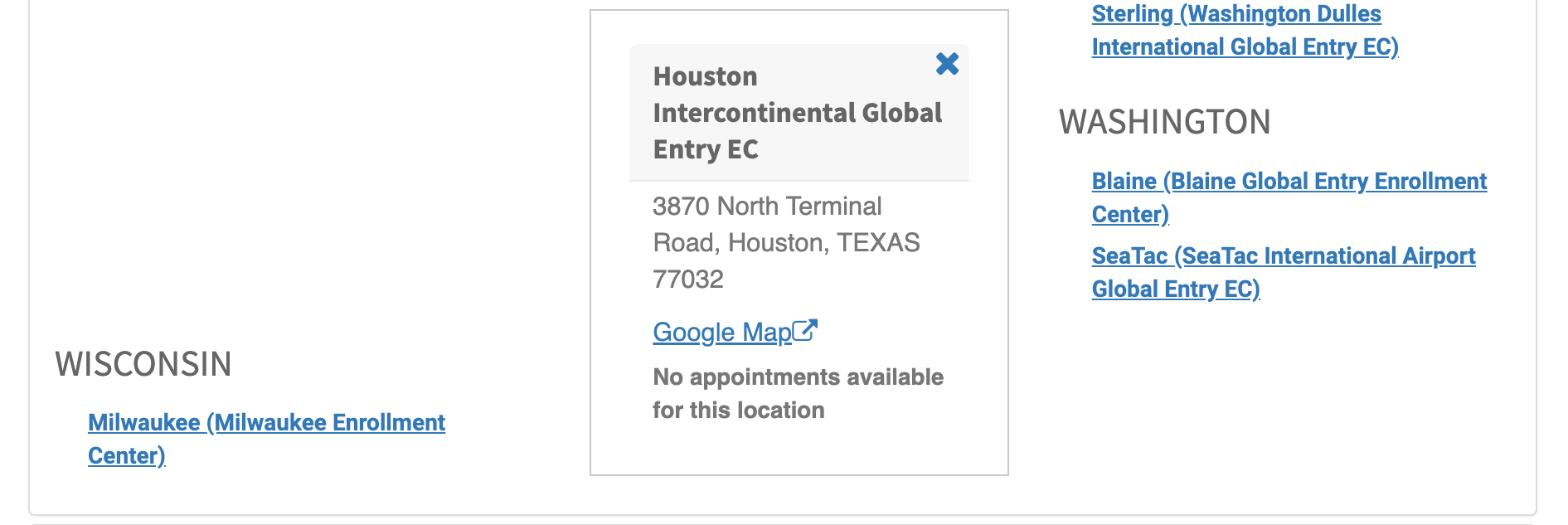
If that happens to you and you can't get a Global Entry interview appointment at your first-choice location, you can view all available appointments by date across all locations.
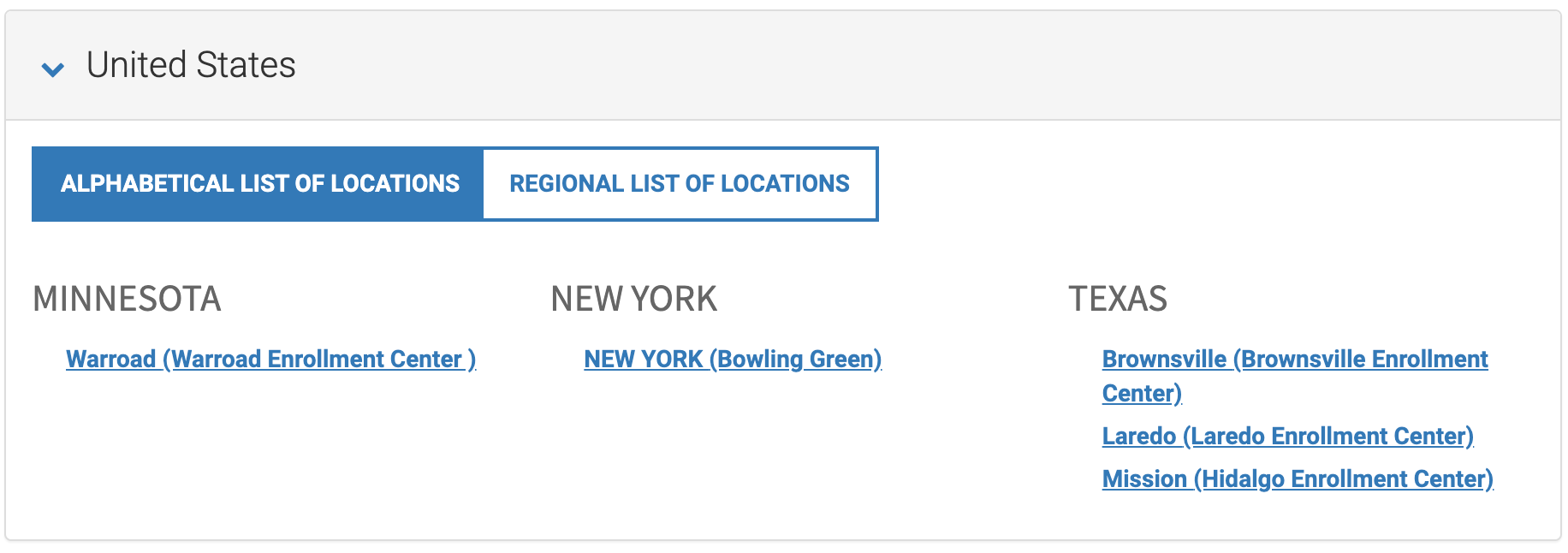
Another option is to do a Global Entry interview upon arrival back to the U.S. when you're returning from an international trip. Here are the requirements to do a Global Entry interview on arrival.
What to expect during your Global Entry interview
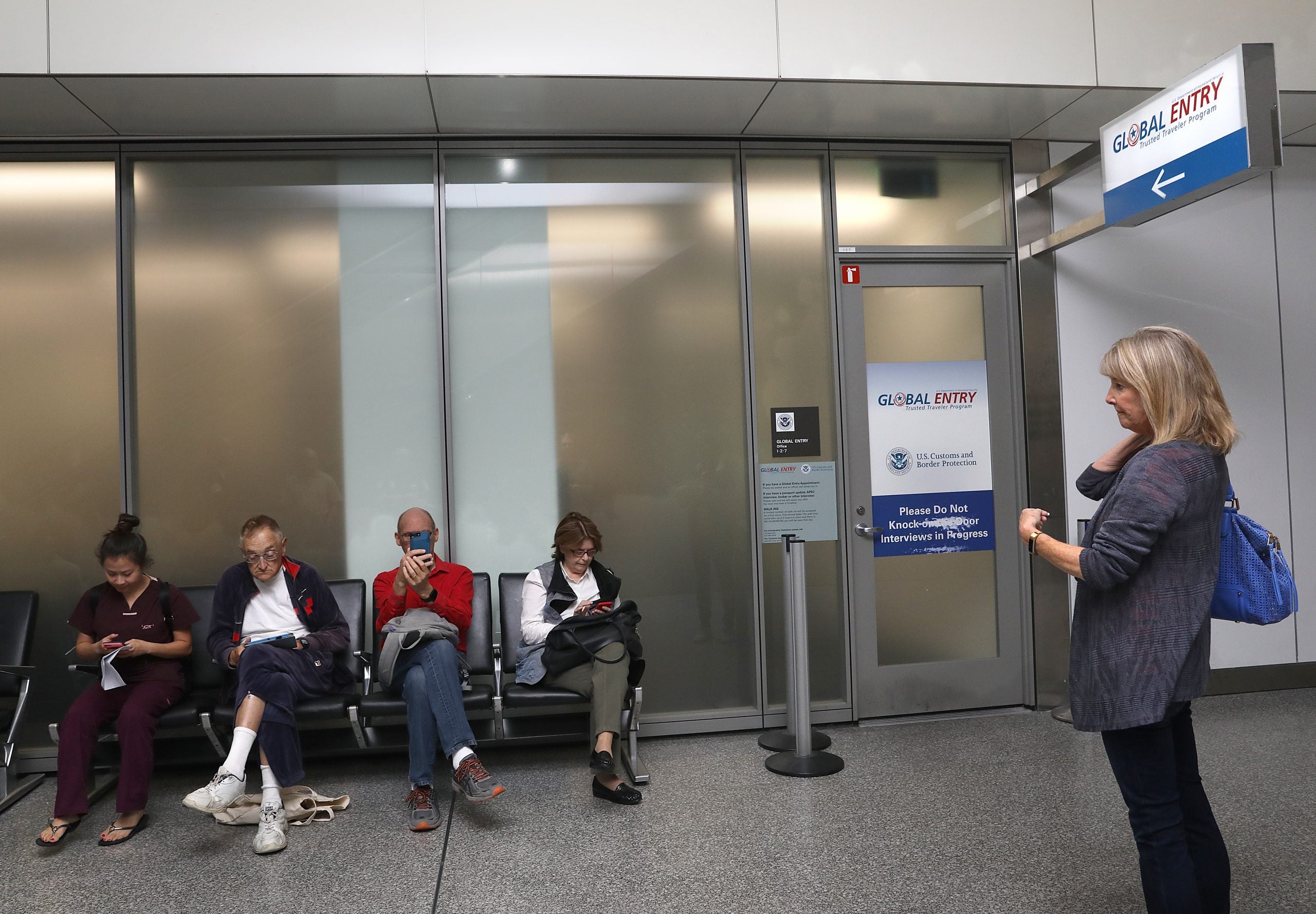
When your Global Entry interview day arrives, be sure to arrive on time and bring:
- A print-out of your letter of conditional approval.
- Valid passport(s) or permanent resident card.
- Evidence of residency (for example, a driver's license with your current address, a mortgage statement or a recent utility bill).
Once at the facility, you may have to wait a bit if the CBP officers are busy. I waited about 15 to 20 minutes for my interview on a Friday morning at the Chicago enrollment center, but one former TPG editor didn't have to wait at all for her interview at a center in Los Angeles.
During the 10- to 15-minute interview, expect to be questioned about your application and about why you want to join the Global Entry program. The officer I spoke with, who was both friendly and professional, asked to see my conditional approval letter, passport and driver's license.
I was then asked to confirm some of the countries I had visited recently (as listed on my application) and whether I'd traveled to each for business or leisure. The final step was to give my fingerprints and get my photo taken (so make sure to brush your hair on the day of your interview).
A few minutes later, the officer told me I was officially enrolled, and that I would receive my Global Entry card within seven to 10 days (which I did). I then received my Known Traveler Number, so I could enter it into my frequent flyer profiles and be eligible for TSA PreCheck.
Don't forget to activate your card within 30 days of receiving it, although you don't necessarily need it to pass through Global Entry kiosks at the airport, with some notable exceptions. Some CBP officers will provide actual kiosk training, but mine did not.
Related: How long does it really take to get a Global Entry interview appointment?
How to use the Global Entry kiosk
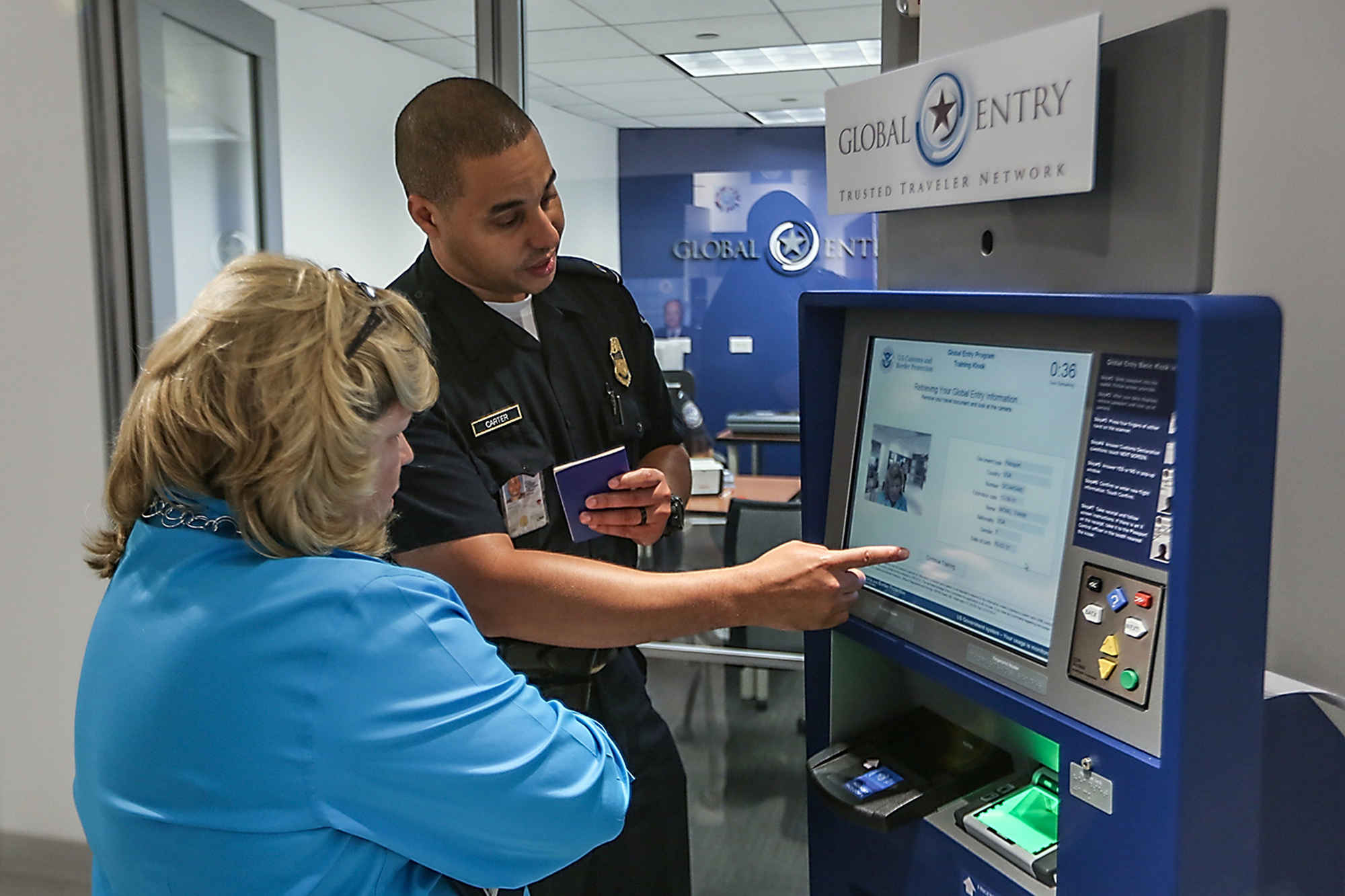
Once you've been approved, using Global Entry is easy. You simply head toward the Global Entry line (or lack thereof) when you arrive at immigration.
From that point, how the kiosk works may depend on where you are. Historically, you used your fingerprints, answered questions, took a photo and then handed that printout to a CBP officer.
However, in some locations, that process has evolved to where you don't do much of anything other than let the machine scan your face in a paperless Global Entry process.
Parents should note that very young children who are Global Entry members may simply be too squirmy to scan reliable fingerprints. If they receive a crossed-out printout, show that to the CBP officer.
TSA PreCheck is included
Entering your KTN in your frequent flyer profiles gives you access to TSA PreCheck.
I've personally never been denied PreCheck since receiving Global Entry, but some TPG readers report they have occasionally been refused the privilege (as it isn't 100% guaranteed on every single flight). In any case, you should have TSA PreCheck almost all of the time if you have Global Entry — as long as the name matches the ticket and you've entered your membership numbers into your ticket purchase or frequent flyer account(s).
Related: 12 key things to know about TSA PreCheck
You don't have to be a U.S. citizen to qualify
Global Entry service is available to more than just U.S. citizens and permanent residents. Currently, citizens of Argentina, Brazil, Bahrain, India, Colombia, Germany, the Netherlands, U.K., Panama, South Korea, India, Colombia, Switzerland, Singapore, Taiwan and Mexico can apply.
Canadian citizens and residents are also eligible for Global Entry benefits through the NEXUS program.
For more information about how citizens from other countries can apply for and get approved for Global Entry, check out the requirements and information on the CBP website.
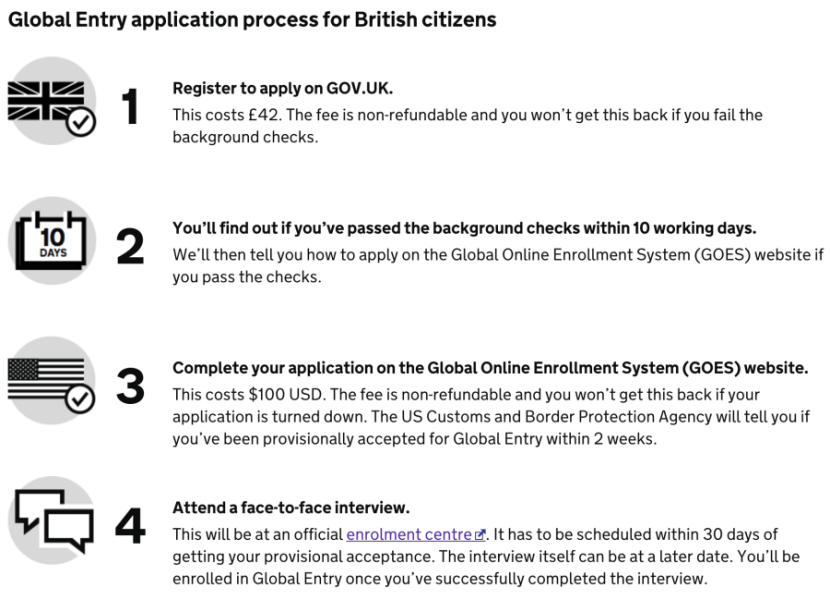
The application process for U.K. citizens, for example, is slightly different: British citizens need to first register through their government website and pay a fee of $42.72 (42 euros). If approved by the U.K. government, U.K. citizens can then apply through the U.S. Trusted Traveler Programs website and pay a $100 fee to the U.S. government.
When Nicky Kelvin, director of content at TPG U.K., applied for Global Entry, he said the U.K. government approval came through "incredibly fast; confirmed just 30 hours after application."
He noted that his Global Entry application took a bit longer, closer to six weeks; he recommends that applicants log in to their account regularly, as he wasn't automatically notified of approval. His interview appointment at New York City's John F. Kennedy International Airport (JFK) was easy and quick.
If you're a U.S. citizen thinking about getting Global Entry and you visit Canada often, you may want to consider getting NEXUS so you can also enjoy expedited customs when entering there.
Clearing Canadian customs and immigration can take a while, especially at certain airports, so this would save you a lot of time. NEXUS is 50% less expensive than Global Entry, too ($50 per adult and free for children under 18); once you have it (as a U.S. citizen or permanent resident), you also get Global Entry and TSA PreCheck.
The downside for some is that you must go to an enrollment center along the Canadian border.
Related reading: Getting Global Entry as a family for less
You can complete your Global Entry upon arrival
As mentioned, if you're having trouble booking a Global Entry interview appointment or don't live close to an enrollment center, you can enroll upon arrival at various airports within 28 U.S. states and Puerto Rico (plus Canada, Ireland, the Bahamas, Abu Dhabi, Aruba and Bermuda).
If open, this service allows you to complete your Global Entry enrollment interview as part of the immigration process when arriving at the airport after an international trip. In order to do this, plan to follow signs in the airport for the "Enrollment on Arrival" lanes — and be sure your flight arrives during hours when interviews are being offered.
A CBP agent will complete your Global Entry interview during your admissibility inspection. If you don't see any signs for this, ask a CBP agent.
For more information, you can read a detailed account of how one TPG writer was able to get his Global Entry approved in JFK's Terminal 1 after an international trip.
Related reading: You can get Global Entry on arrival at these airports
Expect significant Global Entry renewal delays
Global Entry membership lasts five years before it must be renewed, and it expires on your birthday that fifth year.
However, since mid-2018, many members began experiencing excessive delays associated with renewals.
In fiscal year 2019, CBP enrolled more than 1.1 million new members into one of the four Trusted Traveler programs: Global Entry, NEXUS, SENTRI or FAST, according to its annual travel and trade report. More than 9.2 million members enjoyed the benefits of expedited processing as a Trusted Traveler in fiscal year 2019, with more than 6.7 million being Global Entry members.
Even before the pandemic slowed things further, TPG's director of content Summer Hull waited about a year for her renewal to process. In the meantime, her PreCheck expired even though there was supposed to be a grace period (more on that below).
Delays can sometimes be avoided by doing one key thing: Applying for renewal well before your Global Entry expires. However, when things take that long, even several months of extra time isn't enough.
Related reading: Tips on how to renew your Global Entry membership
Global Entry now gives you a two-year grace period
Now for the good news. Because of the massive delays in renewal processing, the CBP has extended the length of time you can use your benefits after your Global Entry membership expires to two years. However, you must submit your renewal application before it expires to get this grace period.

Families need to enroll kids for Global Entry separately
Parents can't bring their babies or children through the Global Entry kiosks with them unless the children also are enrolled in the program. This means you'll have to pay the $100 enrollment fee for each child you'd like to enroll.
You'll also have to schedule and attend an interview with your minor — yes even for babies who can't talk. This makes the enrollment upon arrival service extra handy.
TSA PreCheck benefits, however, do extend to children 12 years of age and younger in your family, so you can use the expedited lane together when traveling domestically. The Mobile Passport app allows you to create additional profiles for family members, and up to four people can submit a single customs declaration form. If your family doesn't leave the country often, that may suit your needs better than Global Entry.
Extra fees aren't required for children who apply for NEXUS (and, by extension, Global Entry) with their parents, or for children linked to the parent's SENTRI profile. Remember, since you can usually pass your credit card statement credits for Global Entry to others, you can use that for your kids' applications (if you have more than one eligible card).
Related: Is it worth getting Global Entry as a family?
You can update your Global Entry when you get a new passport
If you get a new passport (perhaps it was lost, stolen or simply expired), you can update your Global Entry profile to match your new passport.
Simply log in to your account, navigate to your dashboard on the right and find the section marked "Update Documents." You'll enter your new passport number there. If you have a name or status change, however, you must go to a Global Entry Enrollment Center to process that change.
If you're one of the people who have two U.S. passports, you'll have to change the number in your profile to reflect which passport you're using for international travel at that time.
Global Entry cards are considered valid federal IDs

While you don't need to carry your Global Entry card with you to use the Global Entry kiosks when arriving at U.S. airports, it is a valid form of identification. This means if you happen to lose your driver's license or state ID, the card serves as a legal alternative ID that you can use until you replace the one you've lost.
If you're flying to the U.S. from Canada or arriving in the U.S. through a cruise ship port, such as Port Everglades, you may need to show your Global Entry card in order to access those lanes.
The card can also come in handy for travelers that live in a state where the driver's license is not Real ID compliant. You could use your Global Entry card as an alternative form of valid ID at the airport instead.
Related: The Real ID deadline is being pushed back (again) until 2023
You can't upgrade TSA PreCheck to Global Entry
If you already have TSA PreCheck and want to simply upgrade that to Global Entry, you'll still have to go through the normal enrollment process. That means visiting an enrollment center and paying the full $100 fee (which, hopefully, you'll get reimbursed for anyway by using the right credit card).
If you're deciding which service to get, you may as well pay the $15 extra (TSA PreCheck costs $85) and get Global Entry, which includes PreCheck. You never know when an international travel opportunity may arise.
Bottom line
Global Entry can help you avoid long wait times when returning from an international trip. Although it costs $100 and requires an in-person interview, signing up for Global Entry might help you save time if you're a frequent international traveler. Once you decide if Global Entry is the right choice for you, there are some of tips and tricks to help you avoid fees and get approval quickly.
Additional reporting by Caroline Tanner, Clint Henderson, Summer Hull and Benét J. Wilson.
For rates and fees of the Amex Platinum Card, please click here.
For rates and fees of the Amex Business Platinum Card, please click here.
Editorial disclaimer: Opinions expressed here are the author's alone, not those of any bank, credit card issuer, airline or hotel chain, and have not been reviewed, approved or otherwise endorsed by any of these entities.
Source: https://thepointsguy.com/guide/things-to-know-global-entry/
0 Response to "Global Entry Application Consent and Continue Does Nothing"
Post a Comment